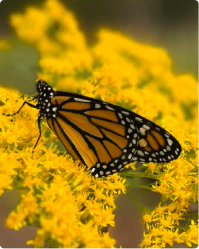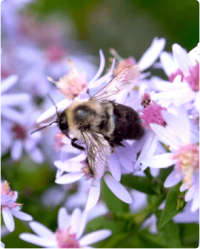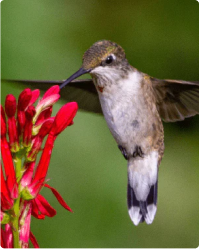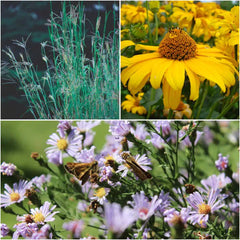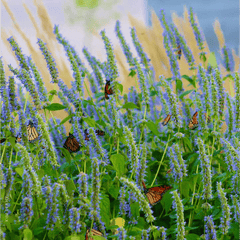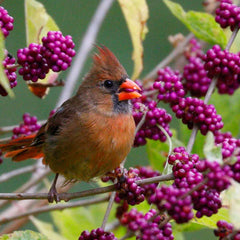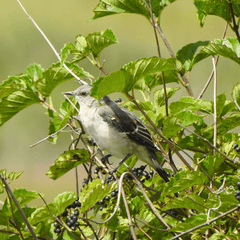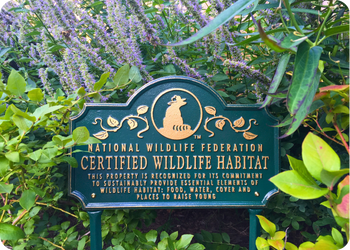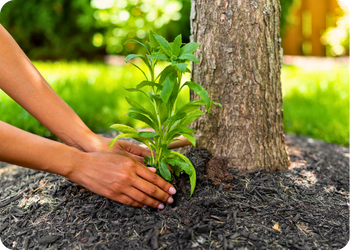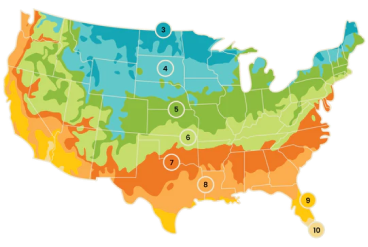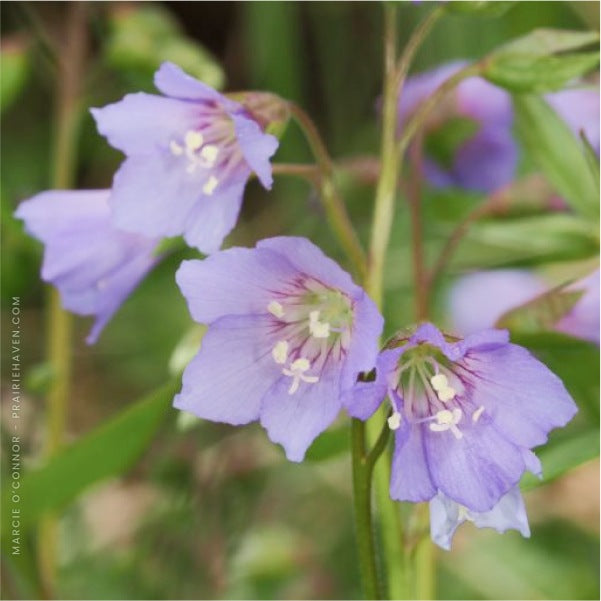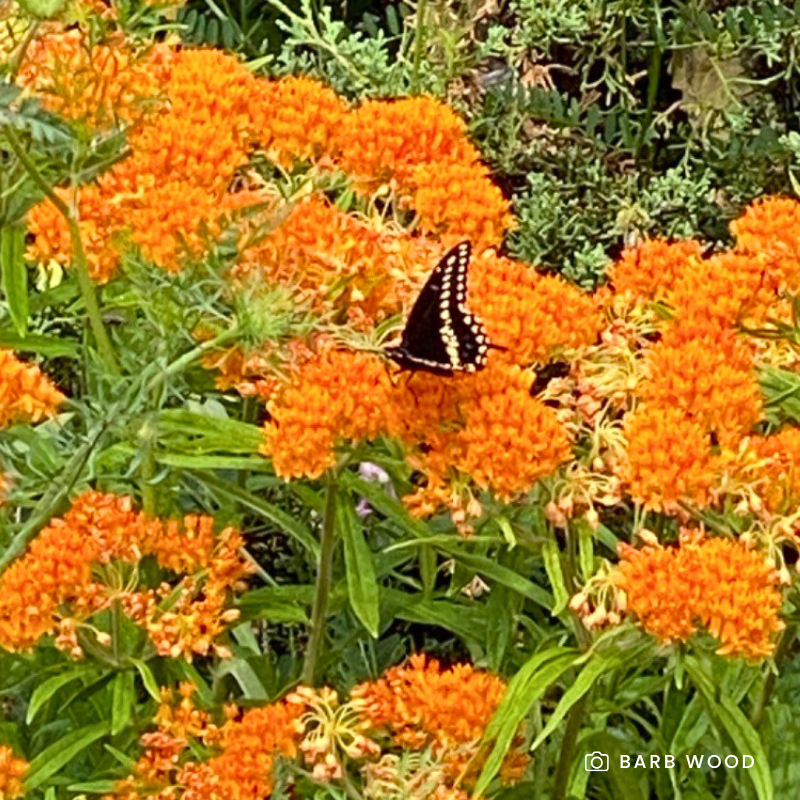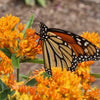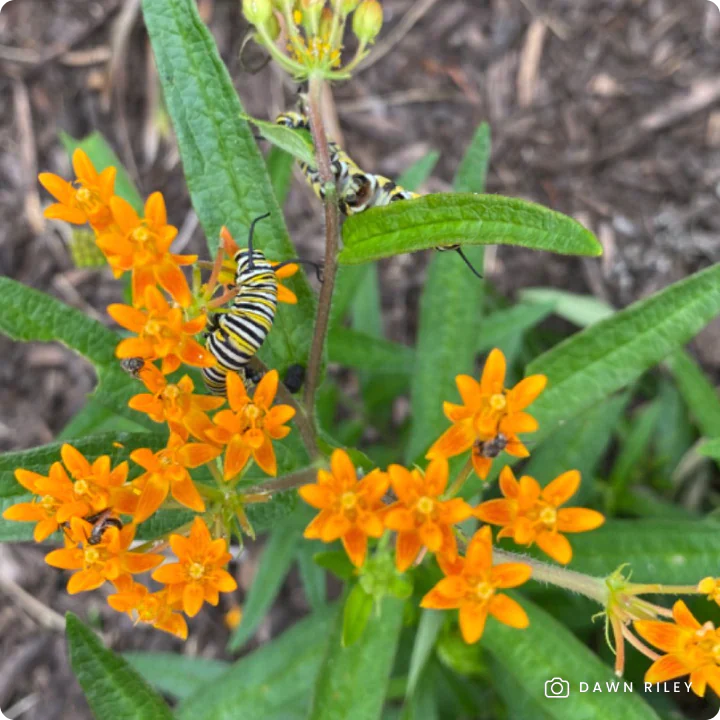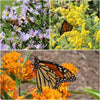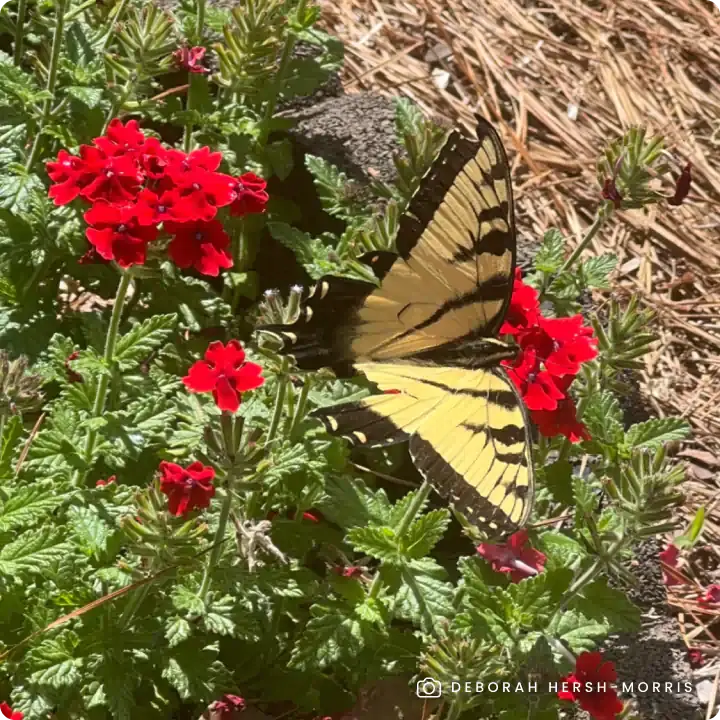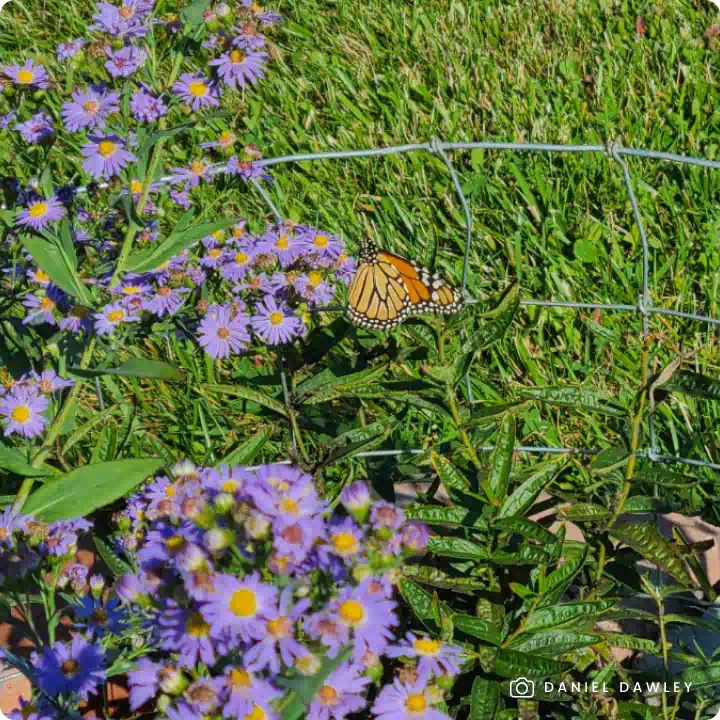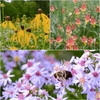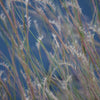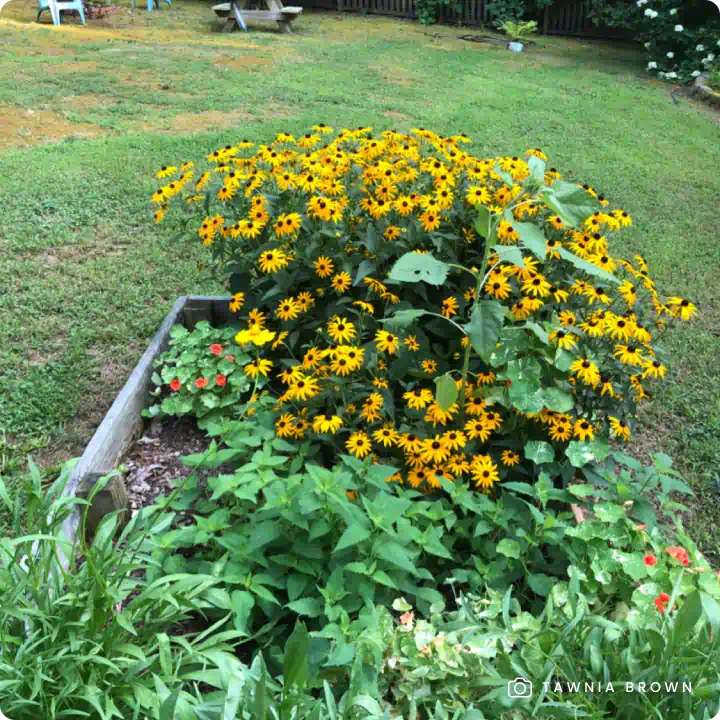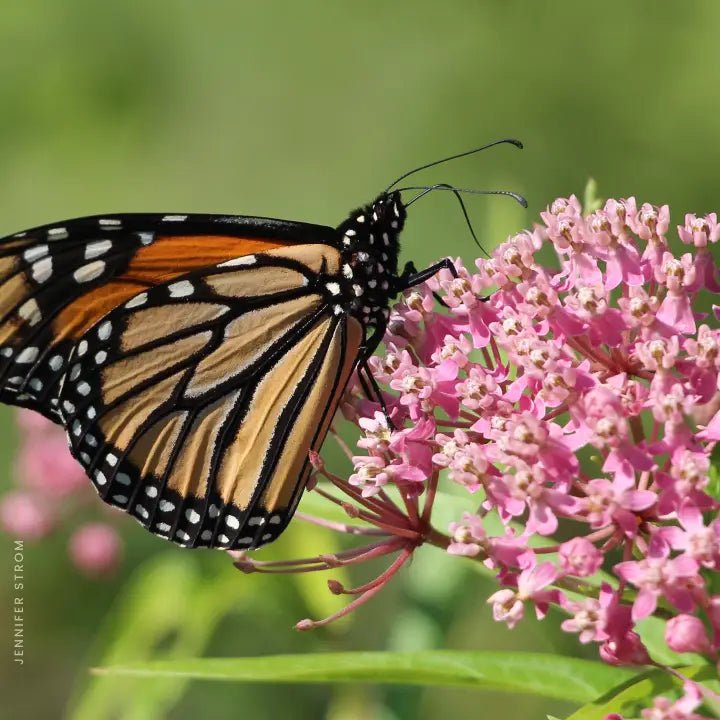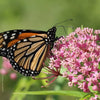Add early-season beauty and vital pollinator support to your shade garden with Jacob’s Ladder (Polemonium reptans), a native perennial known for its clusters of lovely violet-blue, bell-shaped flowers and distinctive fern-like foliage. This charming woodland wildflower blooms for several weeks in April and May, providing one of the first nectar and pollen sources for emerging bees and other spring pollinators.
Jacob’s Ladder thrives in part shade to full shade and moist, well-drained soil, making it a perfect addition to shaded borders, woodland gardens, or native plant beds.
Key Features:
- Supports Early-Season Pollinators: Offers nectar and pollen when few other flowers are in bloom
- Shade-Loving & Low-Maintenance: Ideal for full to partial shade with minimal upkeep
- Long-Lasting Blooms: Violet to lavender flowers brighten the spring landscape
- Perennial Beauty: Returns year after year with minimal care
- Deer Resistant: Unpalatable to deer once established
- Pollinator-Safe: Grown non-GMO and free of harmful neonicotinoids, promoting a healthy ecosystem for pollinators and wildlife.
Available in sets of three, six, or 12 plants — perfect for creating a soft, naturalized look in shaded spaces.
Planting Tips:
- Location: Best suited for areas with part to full shade. Prefers moist, well-drained soil rich in organic matter.
- Watering: Water regularly during establishment; becomes more drought-tolerant once mature
- Maintenance: Minimal care required. There's no need to deadhead the flowers, as allowing them to go to seed provides a valuable food source for birds. Leaving the stems standing in the fall offers overwintering sites for beneficial insects. If desired, cut back the stems in late spring after pollinators have emerged.
For more information on planting, view our How to Plant Your Native Plants guide and other planting tips in the Garden for Wildlife Learning Center.
Why Grow Jacob’s Ladder?
Jacob’s Ladder is more than just a pretty flower—it's a pollinator powerhouse, a shade-garden essential, and a low-maintenance perennial that brings life and biodiversity to your landscape. Add this graceful, native wildflower to your garden and enjoy its beauty and ecological benefits for years to come!
